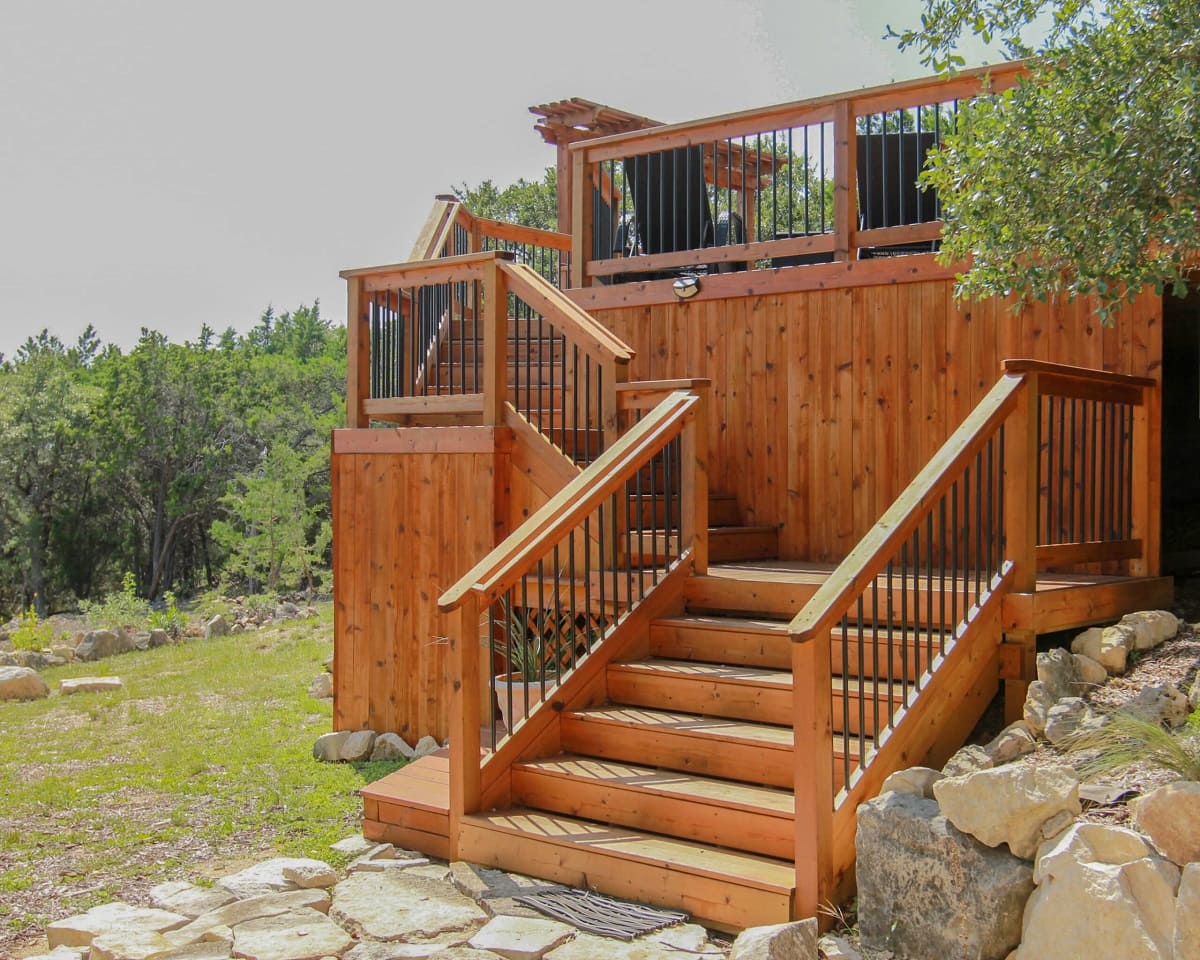

Articles
How To Build Deck Stairs
Modified: May 6, 2024
Discover step-by-step articles on how to build and design deck stairs. Enhance your outdoor space with expert advice and tips.
(Many of the links in this article redirect to a specific reviewed product. Your purchase of these products through affiliate links helps to generate commission for Storables.com, at no extra cost. Learn more)
Introduction
Deck stairs are an essential feature for any elevated outdoor deck. They not only provide easy access to and from your deck but also add aesthetic appeal to your outdoor space. Whether you are building a new deck or looking to upgrade your existing stairs, this comprehensive guide will take you through the step-by-step process of constructing sturdy and beautiful deck stairs.
Building deck stairs may seem like a daunting task, but with the right tools, materials, and proper planning, it can be a rewarding DIY project. By following this guide, you will have the knowledge and confidence to tackle this project and create a safe and functional staircase that enhances your deck’s overall appearance.
Before you begin, it’s important to note that local building codes and regulations may vary. It’s crucial to check with your local authorities or consult a professional to ensure that your deck stairs meet all the necessary requirements for safety and compliance.
In this guide, we will cover everything from gathering materials and measuring the area to constructing the stringers, installing the treads and risers, and securing the staircase. So, grab your tools and let’s get started on creating a stunning set of deck stairs that will stand the test of time.
Key Takeaways:
- Building deck stairs requires careful planning, accurate measurements, and sturdy construction. By following this guide, you can create a safe and visually appealing staircase that enhances your outdoor space.
- Adding finishing touches such as protective finishes, non-slip traction, and illumination can customize your deck stairs while enhancing their durability and safety. Regular maintenance ensures long-lasting functionality.
Read more: How To Build Corner Deck Stairs
Step 1: Gather Materials
Before you begin building your deck stairs, it’s essential to gather all the necessary materials. Having everything you need at the start will save you time and ensure a smooth construction process. Here’s a list of materials you will typically require:
- Pressure-treated lumber: This will be the main material for constructing the stringers, treads, and risers of your deck stairs. Make sure to use pressure-treated lumber for its durability and resistance to moisture.
- Galvanized screws or nails: These will be used for securing the various components of your stairs together. Choose screws or nails that are long enough to provide a strong hold.
- Concrete mix: If your deck stairs will have a concrete landing or footings, you will need to have concrete mix on hand.
- Gravel: Gravel is necessary for creating a stable base for your stairs if you’re building them on the ground.
- Stringers: These are the support structures that will hold the treads and risers in place. You can either purchase pre-cut stringers or make your own using pressure-treated lumber.
- Treads and risers: These are the individual steps of your staircase. Measure the dimensions required for each step and purchase or cut them accordingly.
- Level: A level tool will help ensure that your stairs are straight and even.
- Tape measure: Accurate measurements are crucial for constructing safe and well-balanced stairs, so having a tape measure on hand is essential.
- Saw: You will need a saw to cut the lumber to the appropriate sizes and shapes.
- Drill: A drill with appropriate drill bits will be necessary for securing the components of your stairs together.
- Safety gear: Don’t forget to have safety goggles, gloves, and ear protection to protect yourself during the construction process.
Make a checklist of these materials before you start building to ensure that you have everything you need. It’s also a good idea to double-check your measurements and plans at this stage to avoid any setbacks.
Step 2: Measure and Plan
Accurate measurements and thoughtful planning are key to building a sturdy and well-designed set of deck stairs. Before you begin construction, take the time to measure the area where your stairs will be located and plan out the design and layout. Here are the steps to follow:
- Measure the height and width: Measure the total height from the ground to the top of your deck and the width of the area where your stairs will be installed. These measurements will determine the number of steps and the dimensions of each tread and riser.
- Determine the number of steps: Divide the total height by the desired height of each riser. This will give you the number of steps required. Keep in mind that building codes typically require a riser height between 6 and 8 inches for optimal comfort and safety.
- Calculate the tread size: Measure the width of the area where your stairs will be installed. Divide this measurement by the number of steps to determine the width of each tread. Building codes typically recommend a minimum tread depth of 10 inches for comfortable and safe use.
- Map out the design: Use a pencil and paper or a digital design tool to sketch out the design and layout of your stairs. Consider factors such as the location of your deck, the available space, and any obstructions that may affect the placement and design of your stairs.
- Check building codes: Consult your local building codes to ensure that your planned design meets all the necessary requirements. This includes minimum and maximum riser height, tread depth, handrail specifications, and any other relevant regulations.
Once you have completed these steps, you will have a clear plan for your deck stairs, including the number of steps, the dimensions of each tread and riser, and any additional design elements such as handrails or landings. Having a well-thought-out plan will make the construction process smoother and ensure that your stairs are safe and compliant with building codes.
Step 3: Prepare the Area
Properly preparing the area where your deck stairs will be installed is essential for ensuring a stable and long-lasting structure. Here are the steps to follow:
- Clean the area: Remove any debris, rocks, or vegetation from the ground where your stairs will be located. Clearing the area will provide a clean and even surface for constructing your stairs.
- Mark the placement: Use stakes and string to mark the exact location of your stairs. This will help you visualize the final position and ensure that the area is clear and ready for construction.
- Create a stable base: If your stairs will be built on the ground, you will need to create a stable base. Start by excavating a shallow trench where the bottom of the stairs will be. Fill the trench with gravel and compact it firmly. This will provide a solid foundation for your stairs and help prevent shifting or sinking over time.
- Install a concrete landing or footings (if applicable): If your stairs will have a concrete landing or if local building codes require footings, now is the time to pour the concrete. Follow the specific instructions for mixing and pouring concrete and allow it to cure fully before proceeding.
- Check for level: Use a level to ensure that the area is level and even. Adjust the ground or gravel as needed to achieve a flat surface for your stairs.
By taking the time to properly prepare the area, you will create a solid foundation for your deck stairs. This will not only ensure their stability but also prolong their lifespan. Additionally, preparing the area will allow for easier and more accurate installation of the stringers, treads, and risers in the next steps.
Step 4: Build the Stringers
The stringers are the support structures that hold the treads and risers in place and provide the framework for your deck stairs. Building sturdy and accurately measured stringers is crucial for the overall strength and stability of your stairs. Follow these steps to build the stringers:
- Measure and cut the stringer boards: Start by measuring the total height and width of your stairs. Use these measurements to mark and cut the stringer boards, which will form the angled support beams for the steps. Each stringer should have a top horizontal board (the header) and angled boards (the steps).
- Calculate the cut angles: To determine the angle cuts for your stringers, you can use a specialized tool called a stair gauge. Alternatively, you can use a digital angle finder or follow a stair building guide that provides angle calculations based on your specific stair measurements.
- Mark the stringer boards: Using a pencil and a square, mark the positions where the treads and risers will attach to the stringer boards. These marks will indicate where you will make the necessary cuts.
- Cut the steps and risers: Carefully cut along the marked lines on the stringer boards to create the steps and risers. Take your time and ensure accuracy, as any inconsistencies in the cuts can lead to uneven stairs.
- Test the stringers: Before proceeding, place the stringers in their planned positions to check for fit and alignment. Make any necessary adjustments to ensure that the stringers are level and securely fit against the deck and landing.
Building the stringers accurately is a critical step in the construction process. It’s important to remember that each step and riser on the stringer boards should be of equal dimensions to ensure consistent and safe stair climbing. Taking your time during this step will result in a sturdy and reliable set of deck stairs.
When building deck stairs, make sure to use pressure-treated lumber for durability and resistance to rot and decay. Additionally, always use galvanized or stainless steel hardware to prevent rust and corrosion.
Read more: How To Build Composite Deck Stairs
Step 5: Install the Treads and Risers
Now that you have built the stringers, it’s time to install the treads and risers. The treads are the horizontal boards that you step on, while the risers are the vertical boards that provide support and stability between each tread. Follow these steps to install the treads and risers:
- Start with the bottom step: Begin by attaching the bottom riser to the stringer boards. Use screws or nails to secure it firmly in place. Ensure that it is level with the ground or landing.
- Install the remaining risers: Attach the risers to the stringers, working your way up from bottom to top. Use a level to make sure each riser is plumb and evenly aligned. Secure each riser with screws or nails.
- Attach the treads: Place the treads on top of the stringer boards, directly above each riser. Make sure they fit securely and are evenly spaced. Use screws or nails to fasten them to the stringer boards.
- Check for level and stability: Use a level to ensure that the treads are level and aligned. Tap them lightly with a mallet to ensure they are securely in place and do not wobble.
When installing the treads and risers, consider using screws rather than nails for a stronger and longer-lasting connection. Additionally, adding an adhesive such as construction adhesive between the treads and risers and the stringer boards can provide extra stability.
It’s important to note that some deck stair designs may not include risers, especially for open-frame or floating staircases. In such cases, you would only install the treads.
Take your time during this step to ensure that each tread and riser is securely fastened and aligned properly. This will ensure the durability and safety of your deck stairs.
Step 6: Secure the Staircase
After installing the treads and risers, the next step is to secure the entire staircase. This step is crucial to ensure that your deck stairs are safe, stable, and able to withstand regular use. Follow these steps to properly secure your staircase:
- Attach the stringers to the deck: Securely attach the stringers to the deck frame using appropriate screws or bolts. Make sure the stringers are flush against the deck and evenly spaced. Use a level to ensure they are plumb.
- Add additional support: Depending on the size and design of your stairs, you may need to add additional support to enhance stability. This can be done by adding brackets or angle braces to reinforce the connection between the stringers and the deck frame.
- Install handrails: Handrails are an essential safety feature for deck stairs. Install them on both sides of the staircase, ensuring they are securely attached to the deck posts or the wall. Handrails should be at a comfortable height and provide a firm grip.
- Check for stability: Once everything is securely installed, test the stability of the stairs by applying weight and gently shaking the staircase. If there is any wobbling or movement, reinforce the connections and make any necessary adjustments.
It’s important to follow local building codes and regulations when securing your deck stairs. These codes may dictate the specific requirements for stringer attachment, handrail height, and overall stability.
Regularly inspect your deck stairs for signs of wear and tear and make any necessary repairs or maintenance to ensure their ongoing stability and safety.
Step 7: Finishing Touches
Now that your deck stairs are securely installed, it’s time to add the finishing touches to enhance their appearance and functionality. These final steps will give your stairs a polished and professional look, making them an attractive addition to your outdoor space. Here are some finishing touches you can consider:
- Sand and smooth the surfaces: Use sandpaper or a power sander to smooth out any rough edges or surfaces on the treads, risers, and stringers. This will not only improve the aesthetics but also reduce the risk of splinters.
- Apply a protective finish: Consider applying a waterproof or weather-resistant finish to the wood surfaces to protect them from moisture damage, UV rays, and general wear and tear. Choose a finish that is suitable for outdoor use and follow the manufacturer’s instructions for application.
- Paint or stain: If you prefer a different color for your deck stairs, you can paint or stain them to match your deck or outdoor aesthetic. Choose a paint or stain that is formulated for exterior use and provides protection against the elements.
- Add non-slip traction: To improve safety, especially in wet or slippery conditions, consider adding non-slip traction strips or applying a non-slip coating to the treads. This will provide extra grip and reduce the risk of accidents.
- Illumination: If desired, install lighting fixtures along the staircase to enhance visibility and add a touch of ambiance. Choose lighting options that are designed for outdoor use and consider energy-efficient options such as LED lights.
By adding these finishing touches, you can customize your deck stairs to suit your style and create a welcoming and inviting outdoor space. These final steps not only enhance the appearance of your stairs but also contribute to their overall durability, safety, and functionality.
Remember to regularly inspect and maintain your deck stairs. Repair any damage, replace worn-out components, and keep the stairs clean to ensure they continue to look and perform their best for years to come.
Conclusion
Congratulations! You have successfully completed the process of building your deck stairs. By following the steps in this comprehensive guide, you have constructed a sturdy, safe, and visually appealing staircase that provides easy access to your outdoor deck.
From gathering the necessary materials and measuring the area to constructing the stringers, installing the treads and risers, securing the staircase, and adding the finishing touches, you have taken each step with care and precision. The result is a beautiful set of deck stairs that not only enhances the aesthetic appeal of your outdoor space but also ensures the safety and functionality for you and your guests.
Remember to consult your local building codes and regulations throughout the entire process to ensure compliance and safety. Regularly inspect and maintain your deck stairs to keep them in optimal condition for years to come.
Building deck stairs may have seemed like a daunting task, but with the right guidance and approach, you have successfully completed this rewarding DIY project. Enjoy the convenience, beauty, and functionality that your new deck stairs bring to your outdoor living experience!
Now that you've mastered building deck stairs, why not expand your skills with more hands-on projects? Our guide on why DIY projects are rewarding offers insightful tips and inspiring ideas to fuel your passion for crafting. Ready to tackle woodworking? Our roundup of the 14 best woodworking projects for 2024 provides the perfect starting point for your next creation. Both articles are packed with practical advice to help you succeed in your next home project!
Frequently Asked Questions about How To Build Deck Stairs
Was this page helpful?
At Storables.com, we guarantee accurate and reliable information. Our content, validated by Expert Board Contributors, is crafted following stringent Editorial Policies. We're committed to providing you with well-researched, expert-backed insights for all your informational needs.
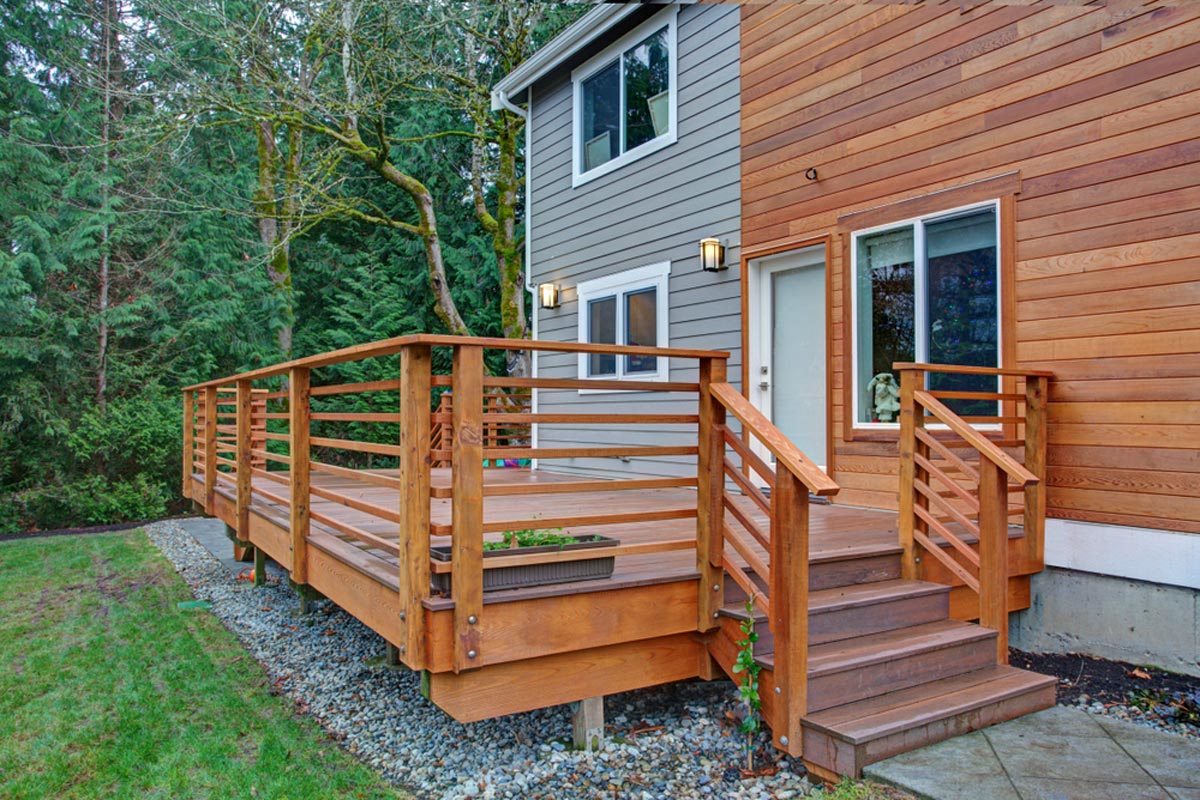

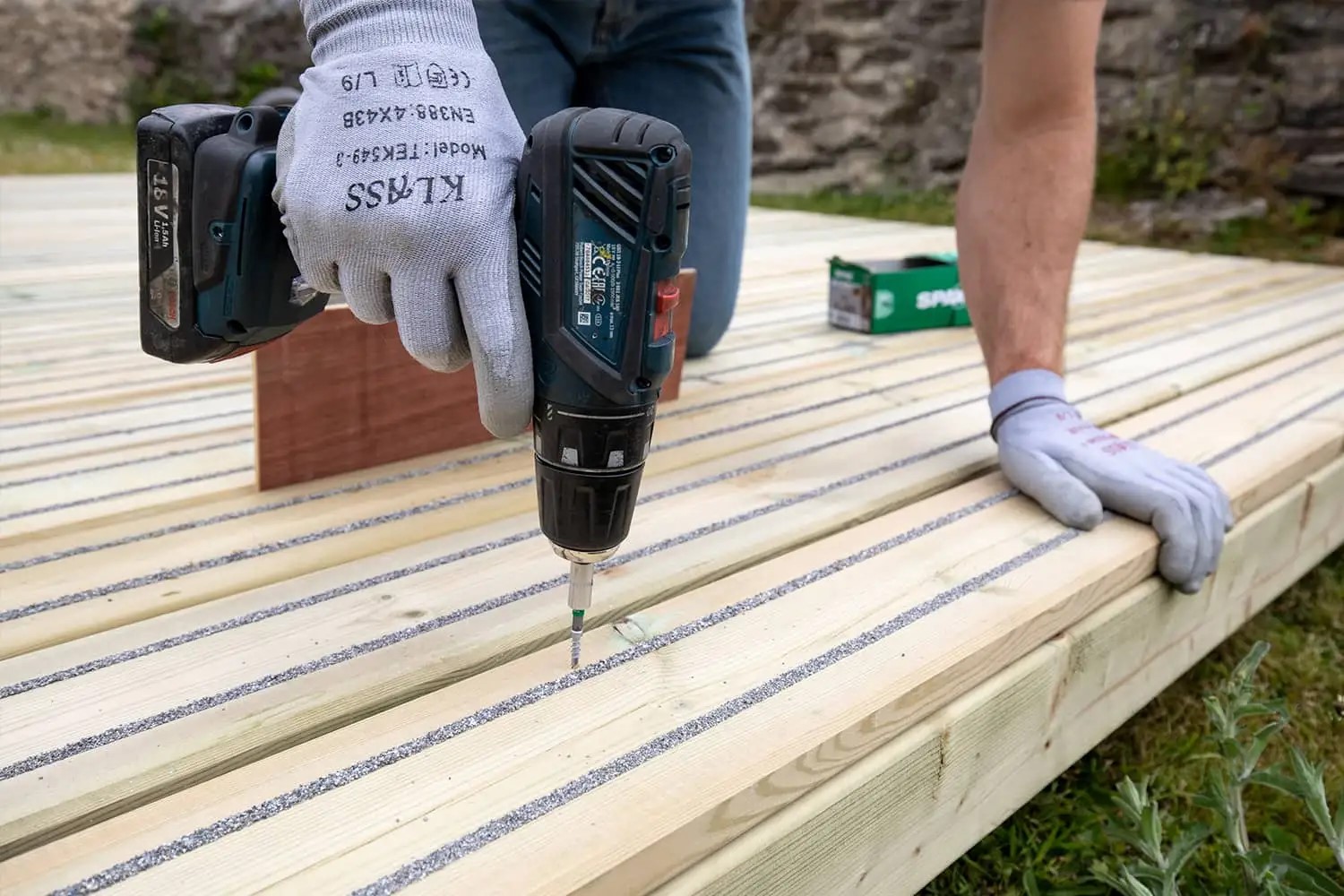
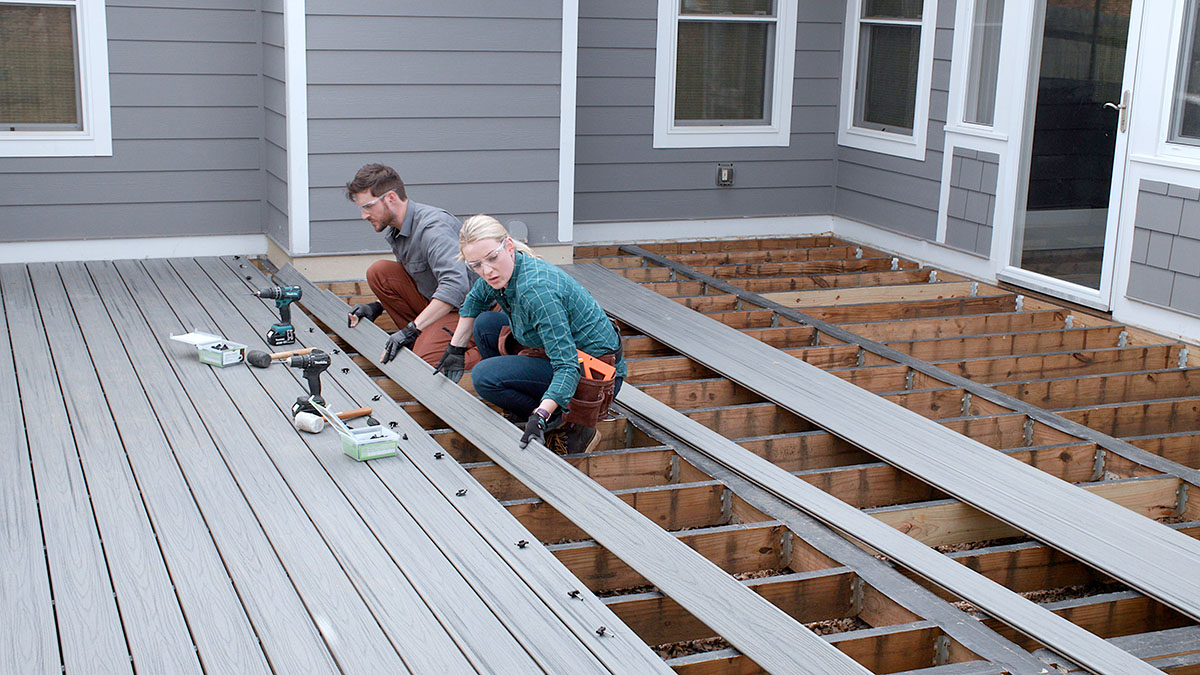
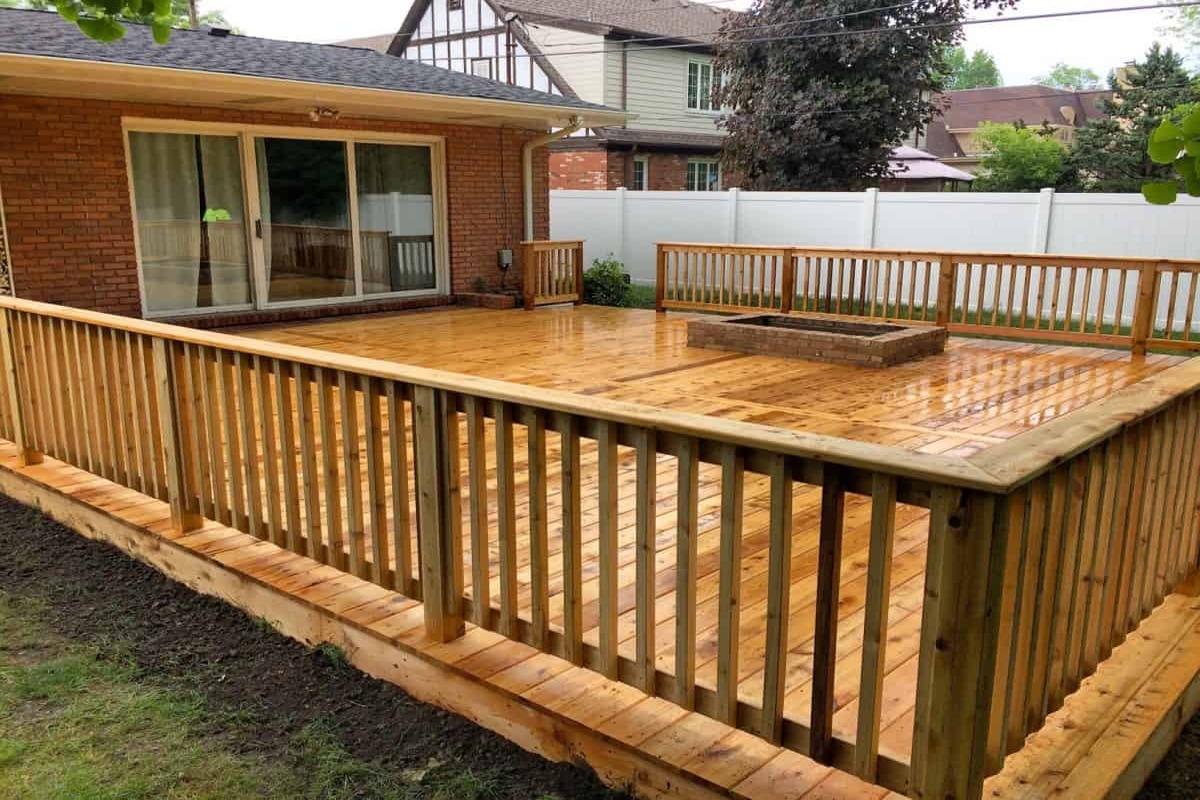
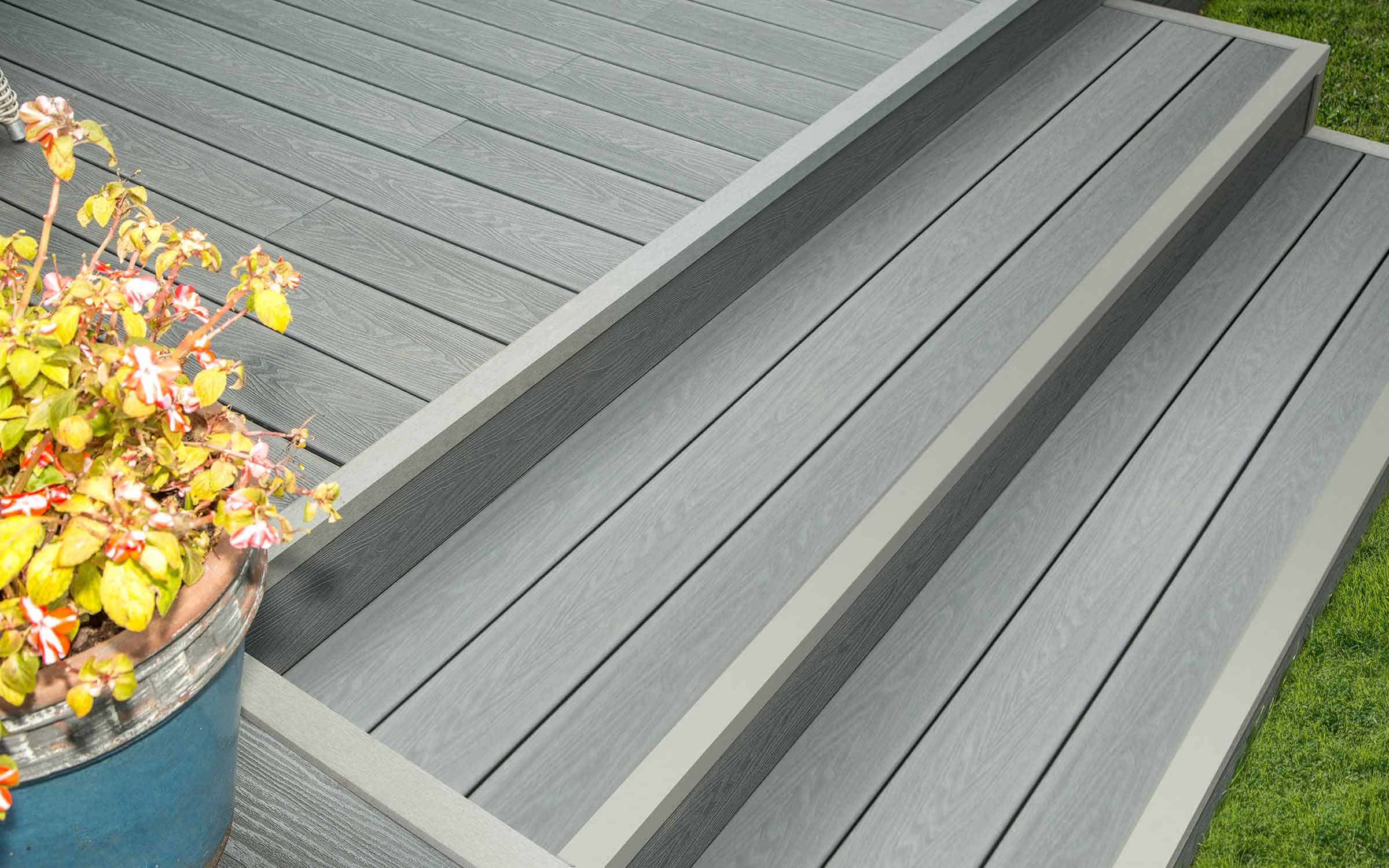
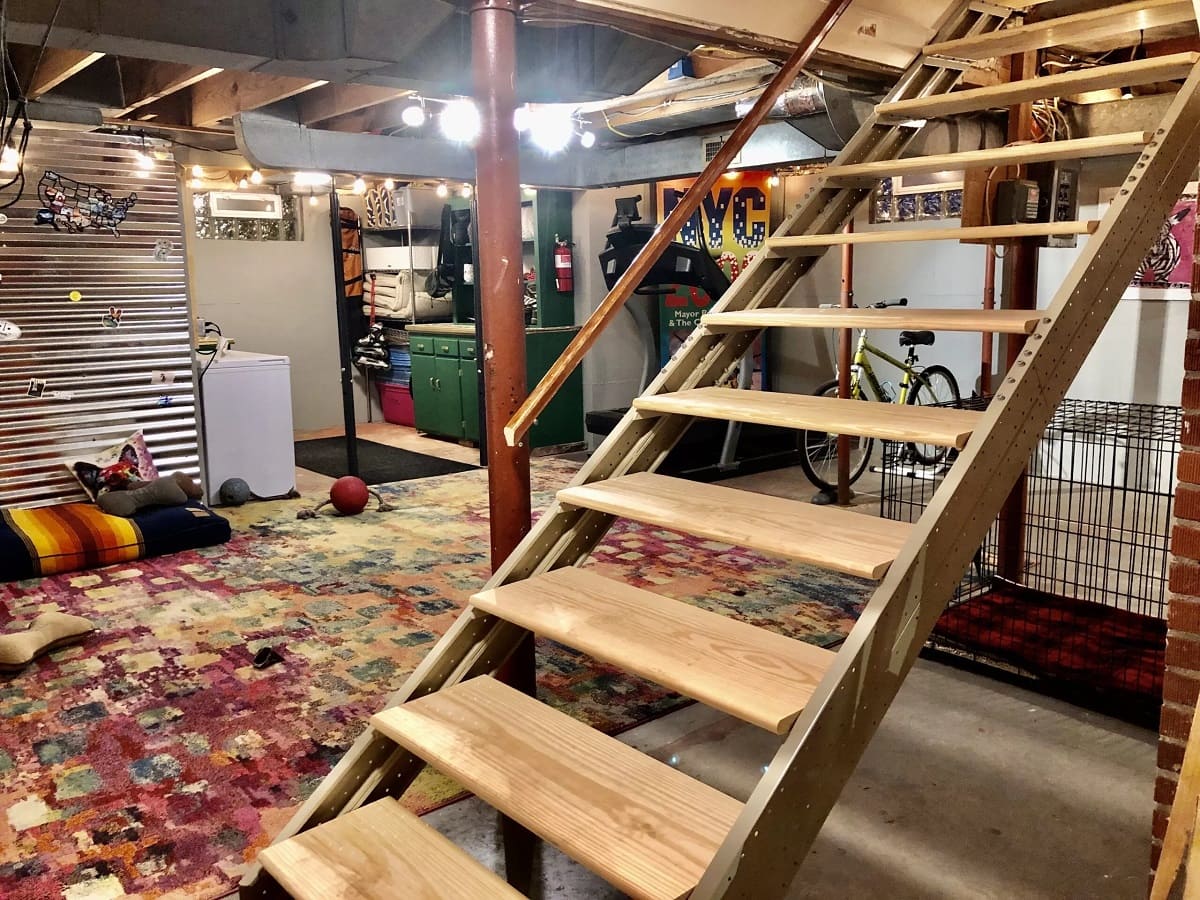
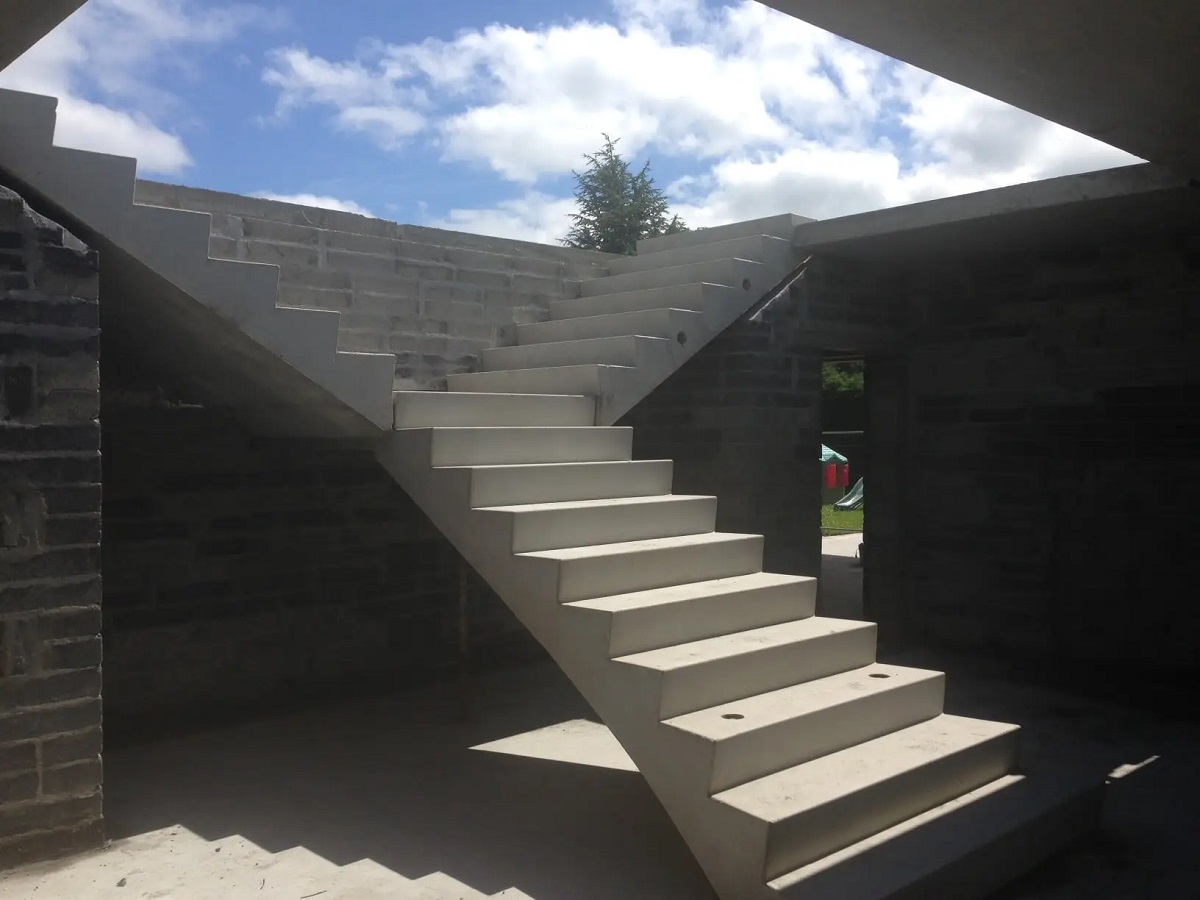
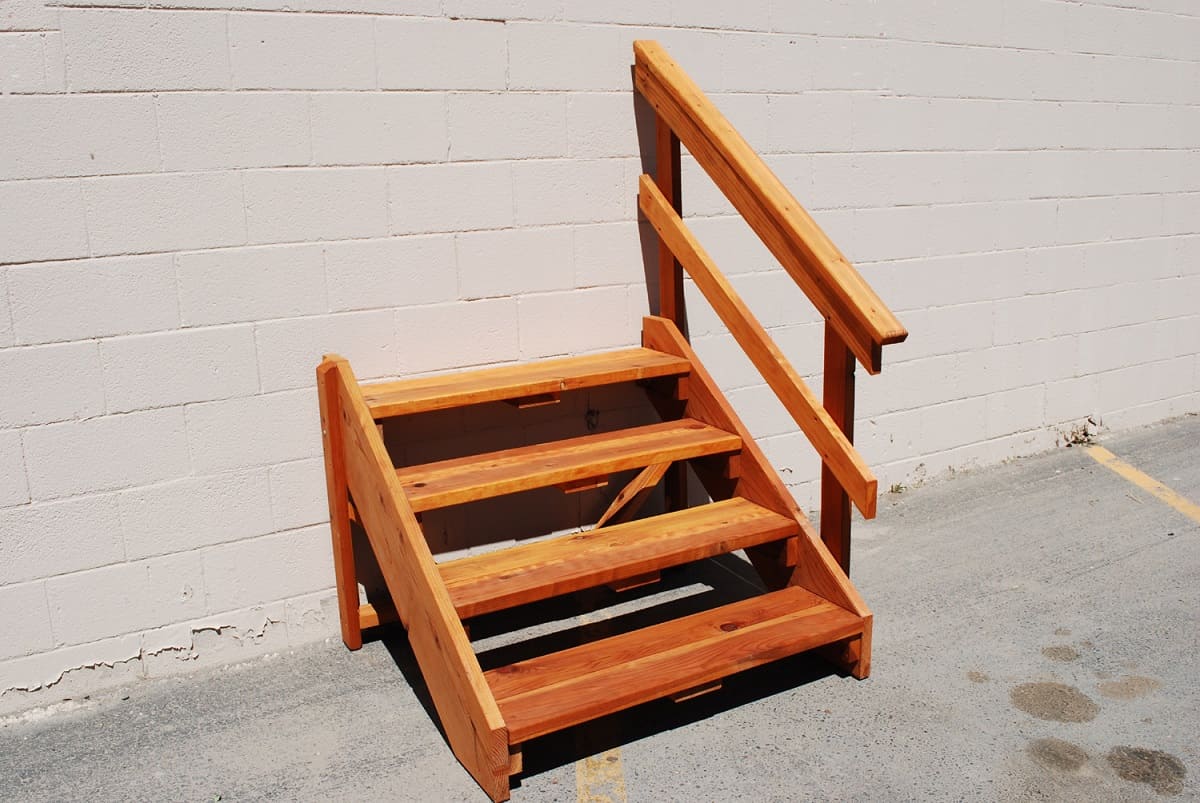
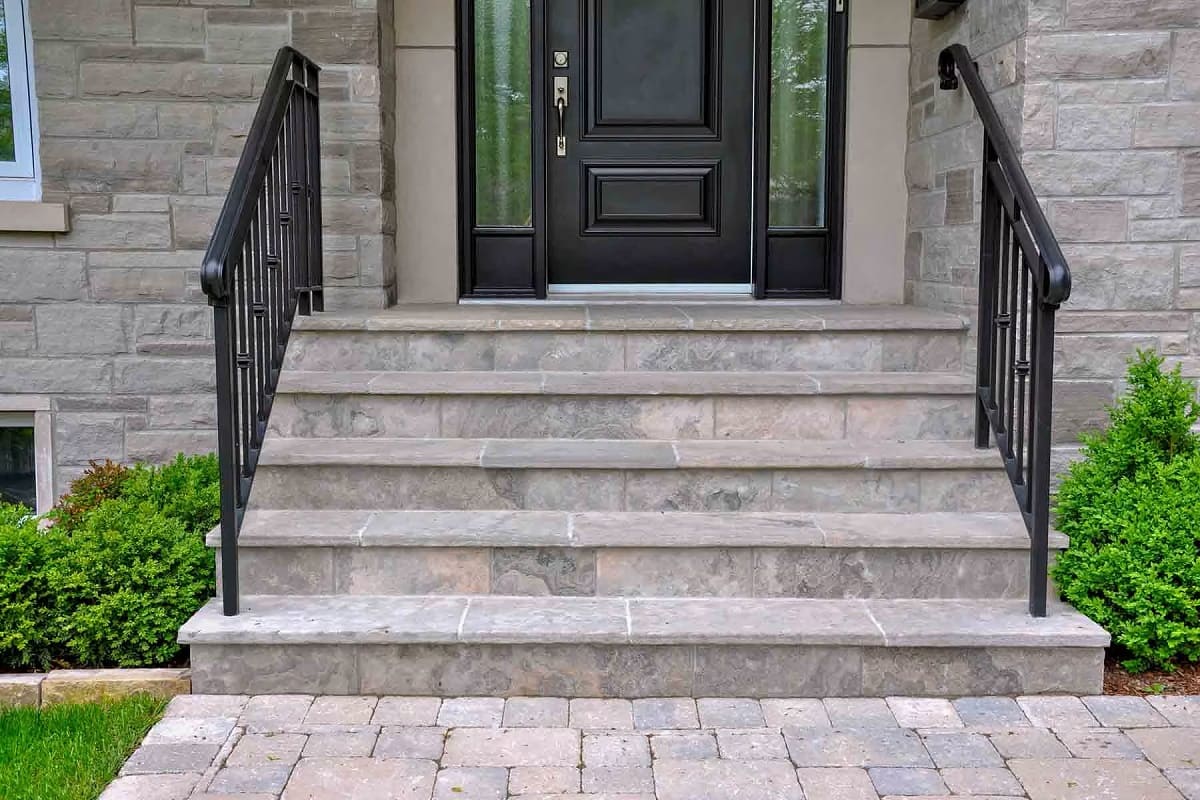
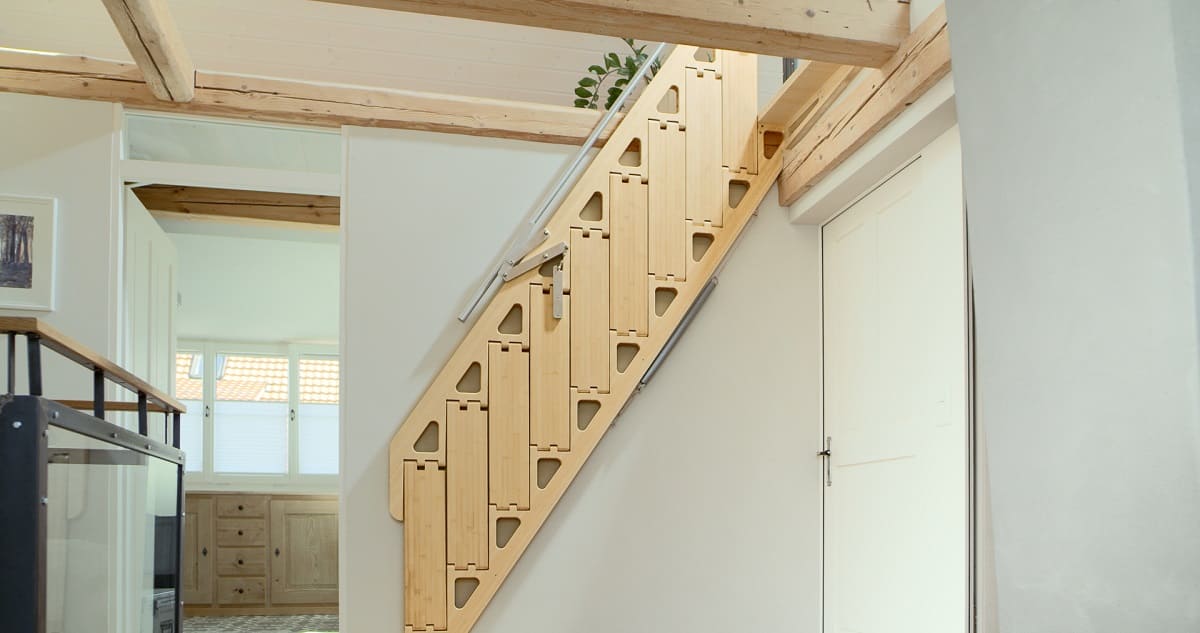
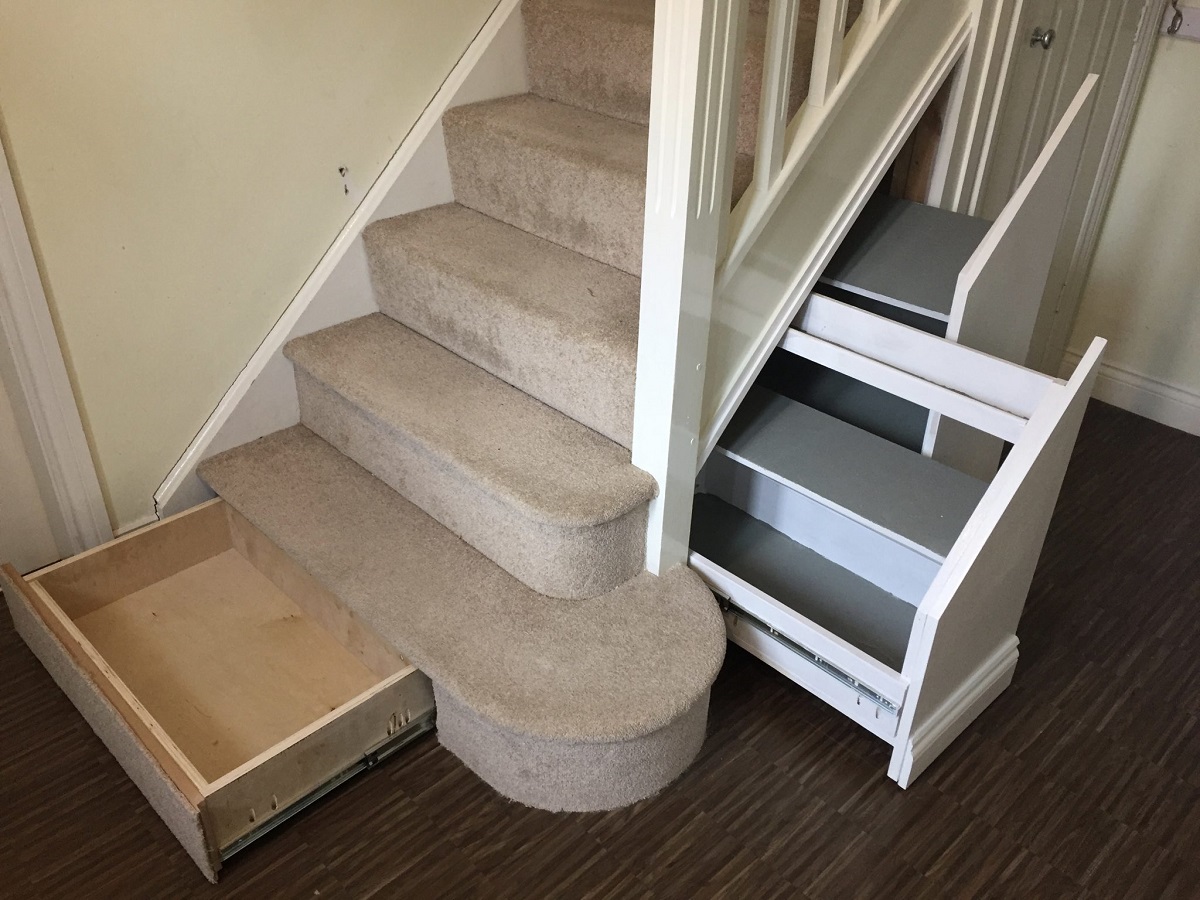
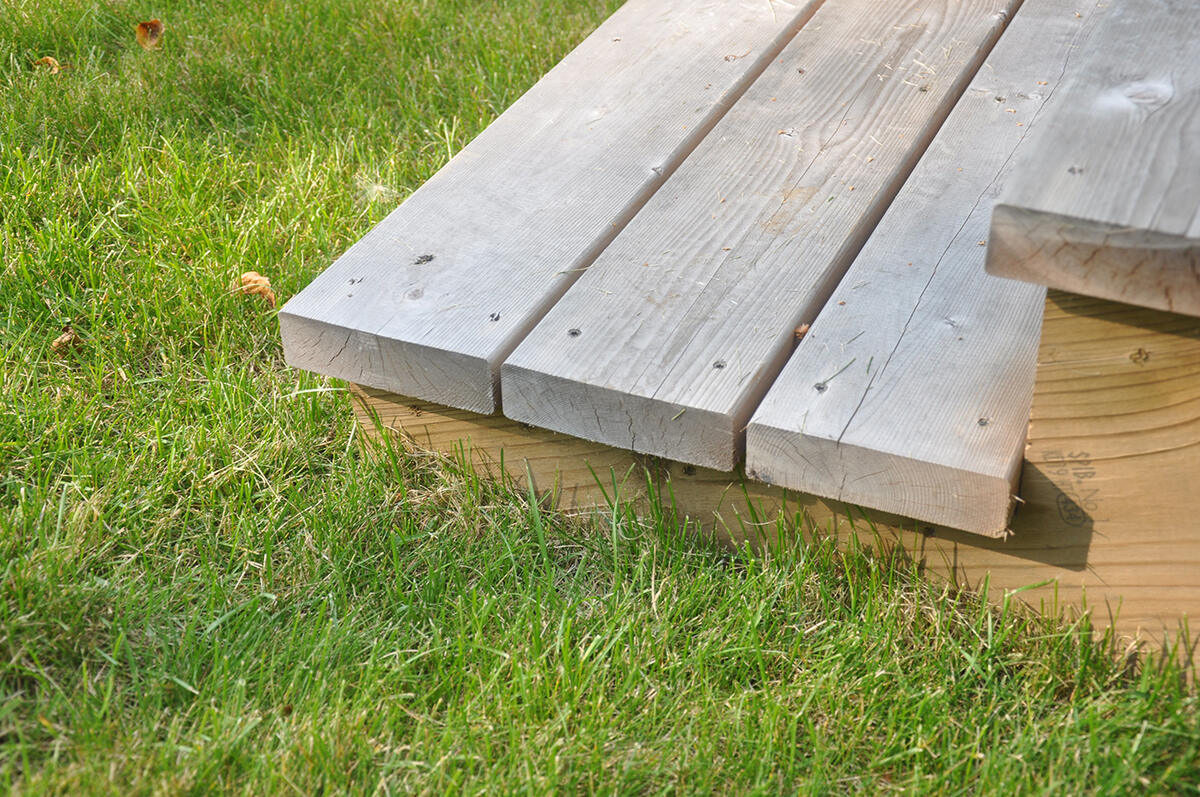
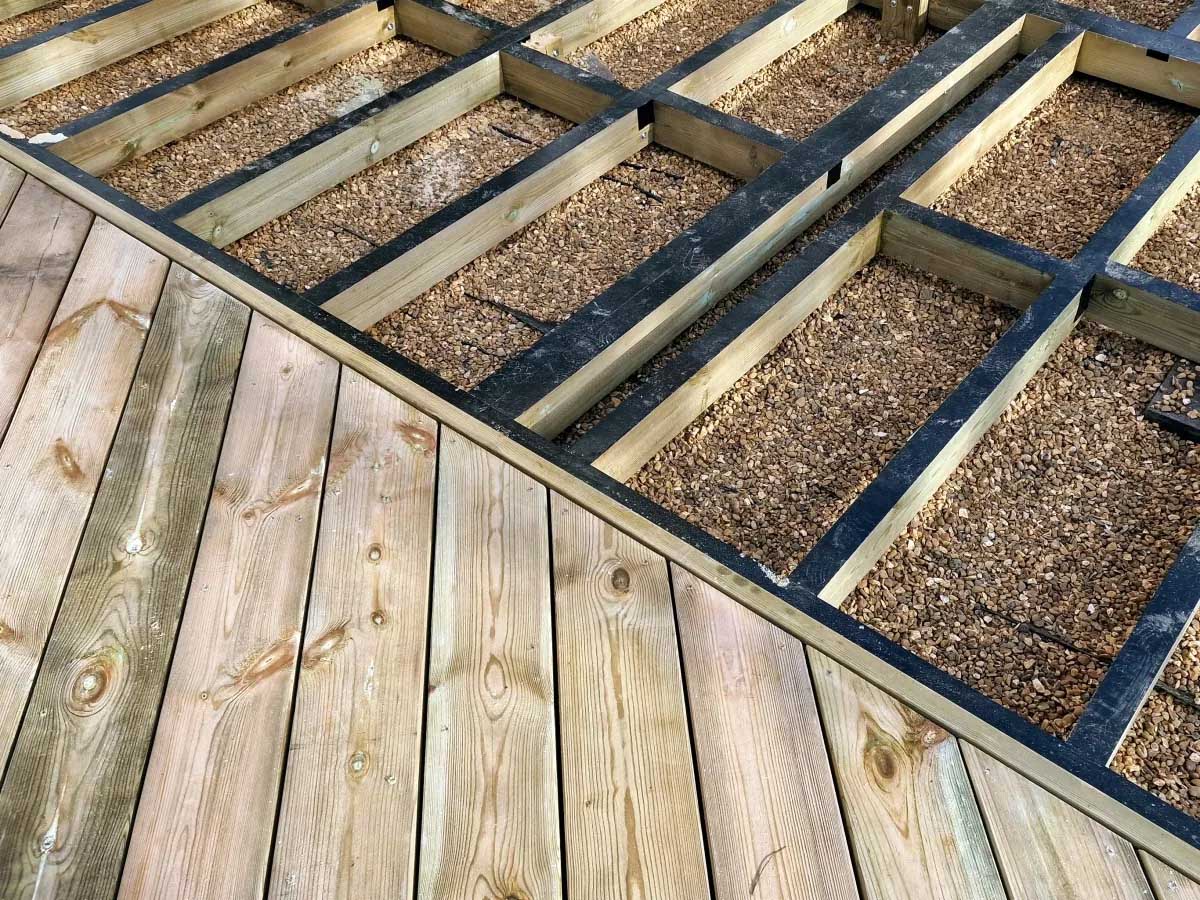

0 thoughts on “How To Build Deck Stairs”